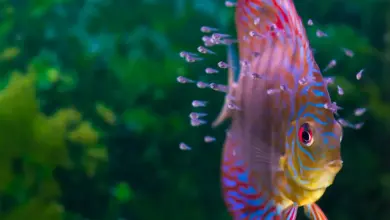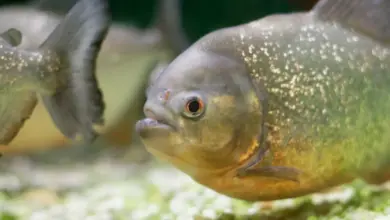Slipping through murky waters from rivers to reefs, eels inhabit an incredible diversity of aquatic habitats across the globe. Over 800 species fill niches as predators and prey, from tiny two-inch worm eels to giant morays reaching 13 feet long. Yet even these slippery fish get eaten by a variety of aquatic and terrestrial animals. This article explores what eats eels and how these species hunt and consume eel prey.
While adept at hiding and escaping, eels still succumb to, especially, crafty and determined predators. Examining these dynamics offers insights into the interconnected food webs linking habitats and the constant struggle for survival. It showcases the inherent creativity within nature’s infinite dance of consumption and avoidance.
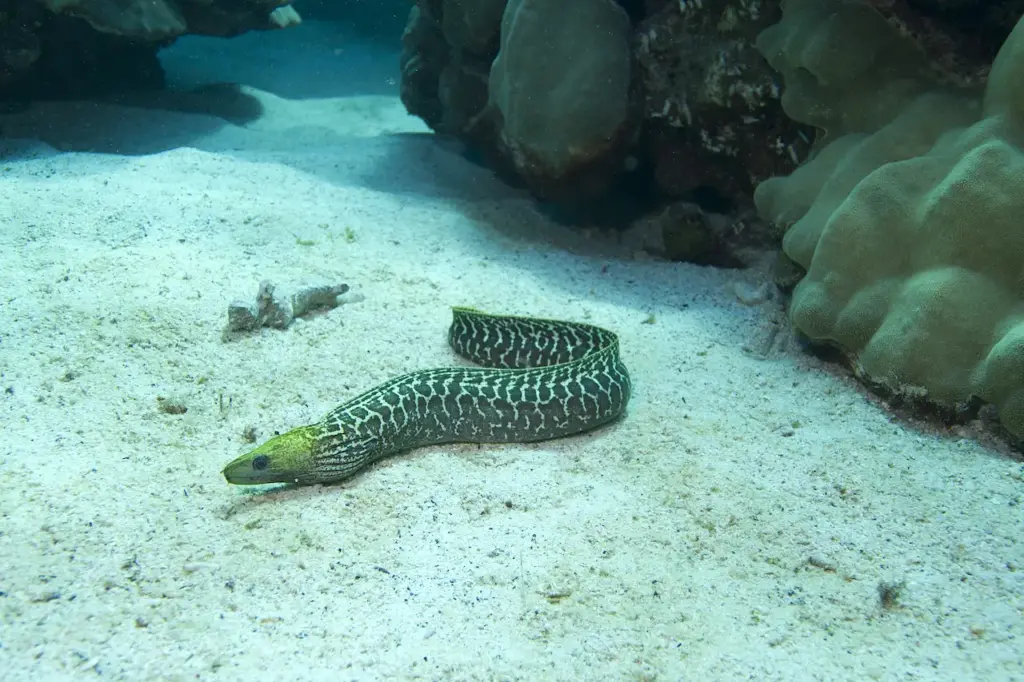
Built for Aquatic Stealth
To understand their vulnerability, eel adaptations provide useful context. Eels belong to the order Anguilliformes, containing freshwater eels, marine congers, and gulper eels. They populate oceans, rivers, and lakes across the world except the South Atlantic and eastern Pacific.
Most eels share an elongated, snake-like morphology ideal for winding through obstacles and hiding in mud or crevices. Their bodies lack rigid mineralized scales and instead are covered in soft skin or leptocephalus larvae stage, which allows them to ride ocean currents for migration.
Species filling diverse niches have evolved an array of feeding modes. Some scrape algae, others grab small invertebrates or rely on speed to hunt fish. Certain eels can leave water briefly using mucus to breathe and traverse land between streams. Overall, eel anatomy and adaptability aid their evasiveness.
Birds
Birds that wade, swim, and fish opportunistically prey on eels where habitats overlap. Wading birds like herons and egrets snatch eels from shallow waters and marshy edges before manipulating prey to position for swallowing head first. Pelicans may work together to corral eels into shallower pools to isolate and consume them.
Gulls flying over the ocean surface snatch slithering eels before carrying them aloft and repeatedly dropping them to break their wriggly bodies. Cormorants dive underwater and chase down eels with spear-like precision using their hooked beaks. Whether on shorelines or across open water, avian predators expertly dispatch and consume eels.
Reptiles
Some reptiles lie in wait to ambush eels as prey using rapid strikes, dexterous limbs, or constricting strength. Crocodilians snap up eels drawn near the water’s edge or uncovered from hiding spots in river bottoms. Constricting snakes like pythons and boas squeeze eels to death before unhinging jaws to swallow outsized meals whole.
Certain specialists even target eels frequently. Moray eels fall prey to sea snakes that are immune to moray venom and enter reef crevices to pull out hidden prey. Legless amphisbaenian reptiles called worm lizards infiltrate burrows to find interred eels. With reptilian stealth, strength, and determination, few eels escape their grasp.
Aquatic Mammals
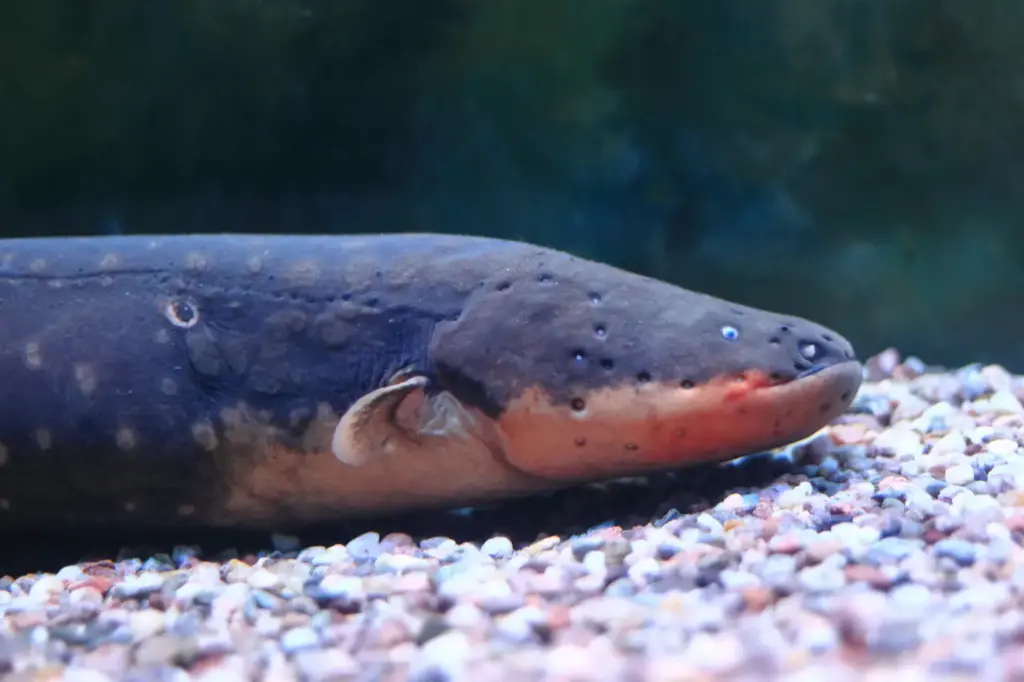
Aquatic mammals employ clever tricks and tools to secure slippery eels. Otters float on their backs to immobilize eels on their chests for leisurely consumption. Fishing cats dip paws in the water to lightly hook eels and fling them ashore. Sea otters smash eels against rocks to subdue them.
Raccoons immerse objects in water to capture eels seeking hiding places. Even river otters and minks learn to chase eels onto land, where their marine mobility advantage disappears. With intelligence and cunning, mammal predators foil eels’ primary escape strategies.
Crabs Crush and Dismember
Crabs overwhelm eels with crushing claws and persistence. Using their multiple legs, crabs hold eels in position for claws to gain purchase and commence shredding. Coconut crabs climb mangroves to find hiding eels and tear off bits of flesh. Smaller crabs may act together as a group to surround and dismantle larger eels through teamwork.
Once an eel is secured in pincers, its fate is sealed. Whether in freshwater or marine habitats, crabs in wait quickly take advantage whenever chance delivers an eel into striking range. Their armor, fangs, grips, and tenacity make crabs formidable eel predators.
Moray Eels Battle in Reefs
In an ironic reversal, moray eels hunt and consume other eel species, especially on coral reefs. Morays launch lightning-quick snares on prey in cramped spaces, then use their second set of pharyngeal jaws to pull meal insides into their mouths. Up to 10 feet long, giant morays can swallow prey over half their length.
Morays sneak through reef holes and shadows, stalking fish. But they also feast on the myriad of smaller eels sharing their habitats, chomping down before desperate prey can seek refuge. Within the coral labyrinths, moray eels dominate as ambush masters and consummate eel eaters.
Humans Commercially Fish Eels
While natural predators influence eel populations, human commercial fishing also drastically reduces certain eel species. Prized for food, the European eel is now classified as critically endangered from overharvesting. American eels are threatened as fishing pressures rise while habitat loss obstructs their long freshwater migrations.
In East Asia, juvenile eels are aquacultured in crowded, stressful conditions prone to disease before being sold for food markets. With globalization and seafood demand today, human consumption threatens eels as much as any beak, claw, or coil once did.
Large Fish
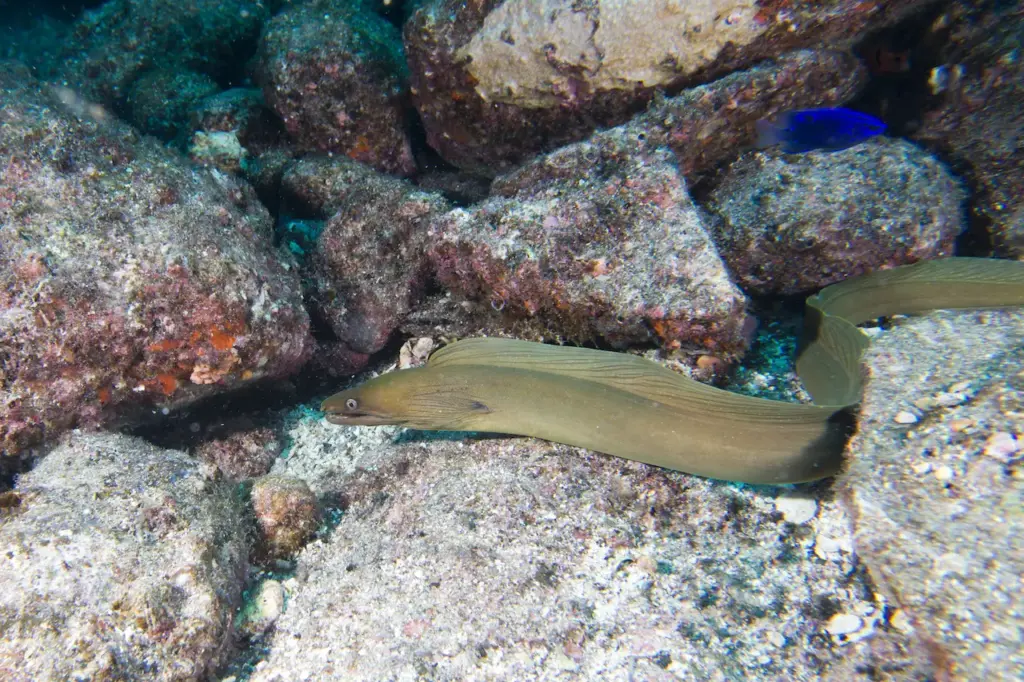
Many large predatory fish use their speed and power in the water to prey on smaller eels. Barracudas are fast swimmers that can reach bursts of speeds up to 27 miles per hour in short bursts.
They use this speed to chase down eels, trying to flee through the water quickly. Once caught, barracudas shred eels using their razor-sharp, fang-like teeth to slice repeatedly into the eel’s body.
Groupers are slower swimmers but make up for it with their huge size and power. They simply swallow small eels whole, then violently shake their large bodies back and forth which subdues and kills the eel internally through forceful motions.
Even the massive ocean sunfish, which can weigh over 5,000 pounds, will suck small passing eels into their large mouths as they slowly drift upside-down through the water, providing easy opportunistic meals. So, many predatory fish species are well-equipped to overtake and consume small and large eels through attributes like speed, size, and power.
Invertebrates
Crabs are not the only invertebrates skilled at snatching up slippery eels. Octopuses use their eight dexterous arms lined with suckers to reach into crevices and tangles eels, grabbing and restraining them.
Their flexible bodies allow them to wedge into tight spaces and entangle fast-moving eels. Lobsters also use their heavy, spiked front claws to clamp down on eels exposed out in open water, trapping them in a crushing grip.
Some shrimp even have specialized adaptations like enlarged forelimbs for grabbing that allow them to swiftly track and attack the eyes of hunting moray eels.
Beyond these anatomical tools, humans have created specialized eel traps that funnel eels through small openings into confined areas they cannot escape. Called eel pots, these cylindrical wire traps lure eels inside through bait and make escape impossible once entered.
Conclusion
Despite the remarkable diversity of eel predators, these agile fish persist worldwide in great numbers. They epitomize ecological opportunism, filling endless niches from scavenging to active hunting. Yet eels balance perpetually on a razor’s edge between evasion and annihilation.
Nature strikes an ever-fluctuating balance through the evolutionary arms race of predator and prey. But human activities tip scales, making thoughtful conservation essential for long-term thriving of both eel and eel eater populations alike. Maintaining biodiversity ensures healthy, resilient aquatic ecosystems that provide for all.


